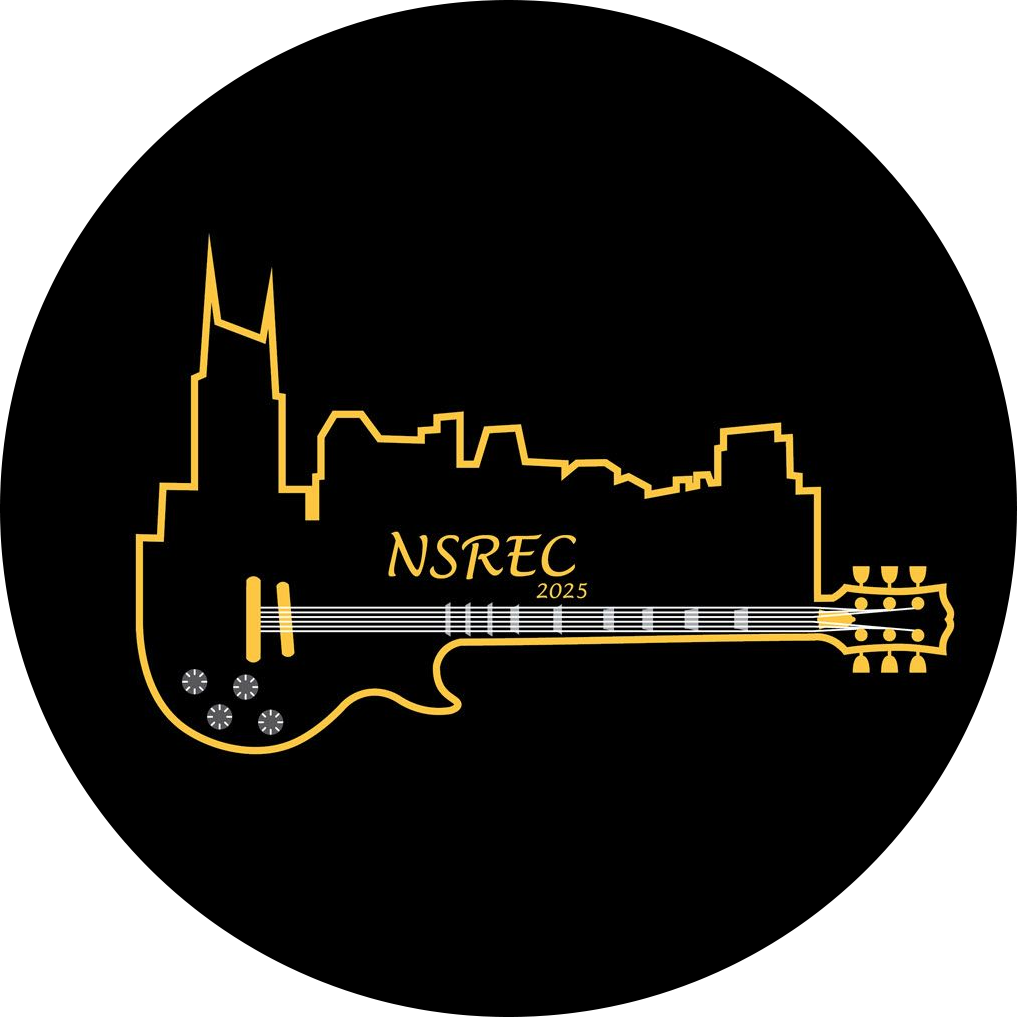2023 IEEE Nuclear and Space Radiation Effects Conference
Guidelines for Poster and Data Workshop Presentations
IEEE Nuclear and Space Radiation Effects Conference
Guidelines for Poster and Data Workshop Presentations
Posters not taken down by end of the conference on Friday will be discarded, as we must return the poster boards.
- Each author will have a usable area that is approximately 44.75 inches high x 90 inches wide (113 cm high x 228 cm wide) to mount poster material. The posters are freestanding, and the bottom is about 30 inches(76 cm) above the floor. The upper edge is more than 6 feet (1.8 m) above floor level, requiring closeattention to letter, symbol, and figure size to ensure legibility.
- Material can be mounted to the poster with pushpins or Velcro. Push pins will be provided at theconference, but authors must provide their own Velcro fasteners.
- Authors should provide a poster title using letters large enough to be legible at ~10 feet (3 m). The paper number will be displayed at the top corner of the mounting board; it is a blank canvas otherwise.
- The poster should include a clearly visible short abstract (35-50 words) with lettering readable from ~6 feet (1.8 m) near the top of the poster, in proximity to the title.
- The body of the poster paper should consist of several small sections, arranged to guide the viewer through an introduction, results, and finally conclusions and references. The poster must be self-guiding because many conference attendees will read your poster at times other than the normal
- Lettering size is extremely important. Lettering must be clearly readable from a distance of 6 feet (1.8 m), as clusters of people will surround the poster boards during the session. We recommend using nothingsmaller than 14-point typefaces be used anywhere on the poster, including for captions and chart legends. It is better to use 18-24 point typeface for your main text. The use of color to organize sections of the paper is effective. Color graphs, and/or colored borders around black and white figures can be especially effective in making your poster easy to read. You need to be creative and present only clear, readable data tables and graphs.
- Depending on the colors you select for your poster, make sure that the color of your font and other materials in the foreground are compatible. Use high contrast between colors so that your text is easily readable (e.g., black text on a white background). Similarly, be cognizant of audience members that may cope with Color Vision Deficiency (“colorblindness”).
- Try and avoid the following color combinations:
- Red & green, blue & purple, green & brown, green & blue,
blue & grey, green & black, green & grey, and light green & yellow
- Red & green, blue & purple, green & brown, green & blue,
- Under no circumstances should you simply put your typewritten paper on the poster board. Handwritten pages are similarly unacceptable.
- Limit posters to significant data, details, graphs, and key experimental results that help to explain the most important points of your work. Don’t try to reproduce everything in the written paper on the poster—just stick to the main points. Charts, tables, and other images can also be effective, but should be large enough to be easily viewed and address key points.
- Some authors have found that it helps to attach a single bound copy of their complete paper to the poster for reference. If you do this, be sure to use a strong cord and attach it firmly to the poster to prevent loss.
- If possible, please include a small headshot image of the presenter near the top of the poster. This allows the audience to recognize the presenting author of the poster
- Try and avoid the following color combinations:
Thank you for taking the time to read these guidelines. Following them will enhance your presentation andmake it more likely that the audience will understand your presentation and pay attention to your work.
Minimum Lettering Sizes
The size of the lettering used on your poster is particularly important to make it readable at a distance of 10feet (3 m). Carefully note the absolute minimum sample sizes below. Larger fonts are always preferred. These are “Arial” typeface, but other graphics-quality typefaces may be used. Don’t use monospaced typefaces like Courier or standard 10-12 point font sizes as they are too small and can’t be read at the required distance.
Absolute Minimum Font Sizes
Title (36 point)
Author Name and Affiliation (24 point)
Headings (18 point)
Text (14 point)
Scales for Figures (14 point)

